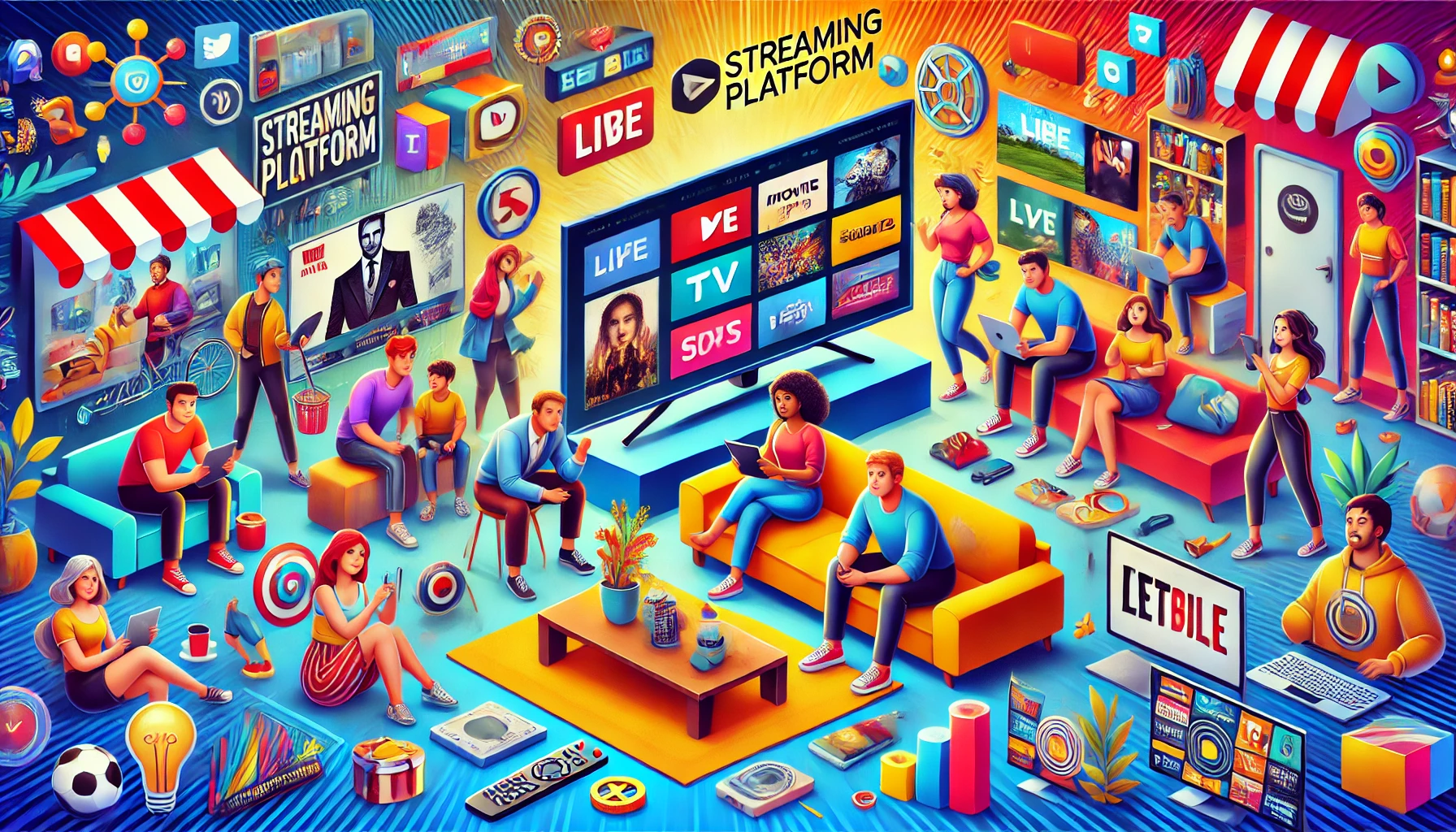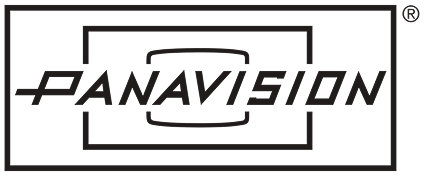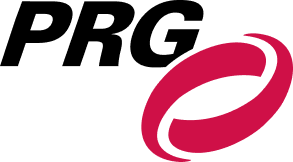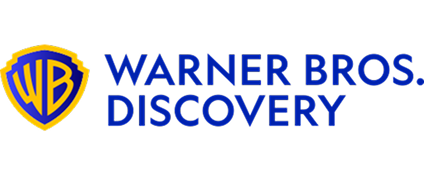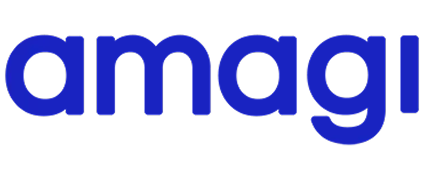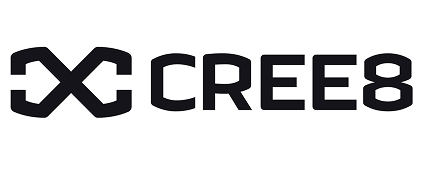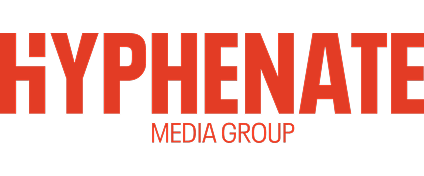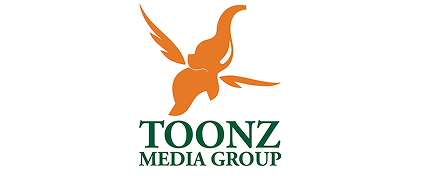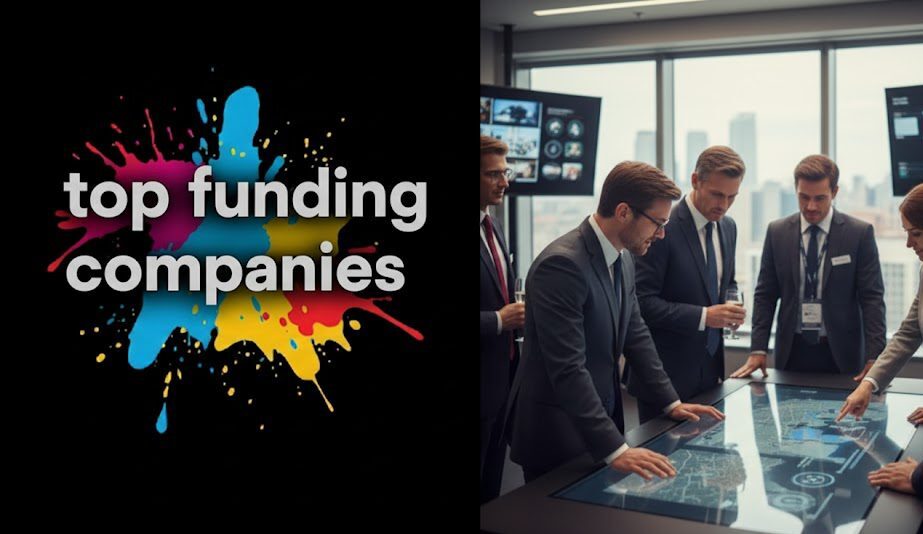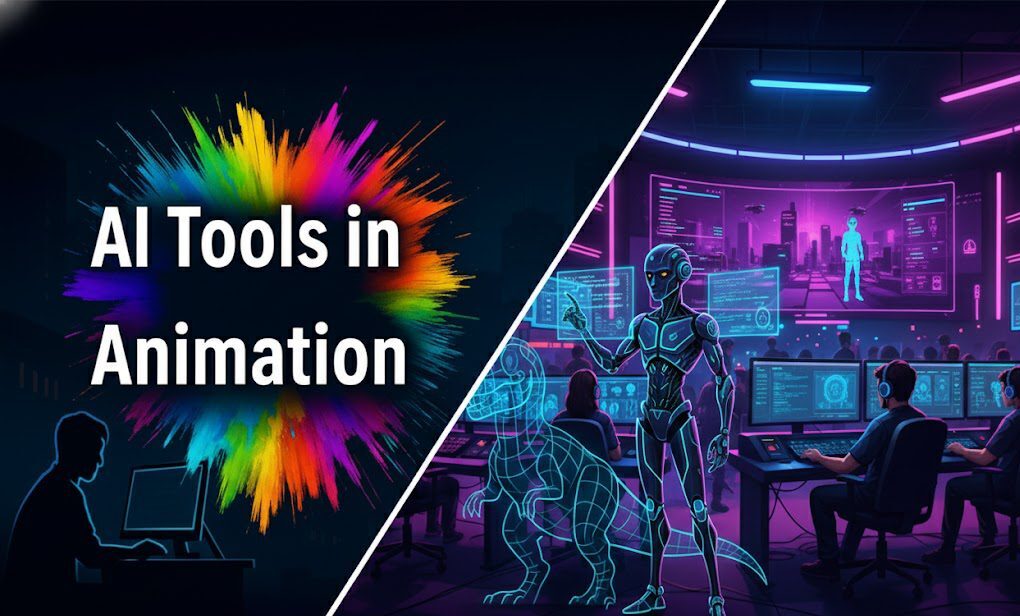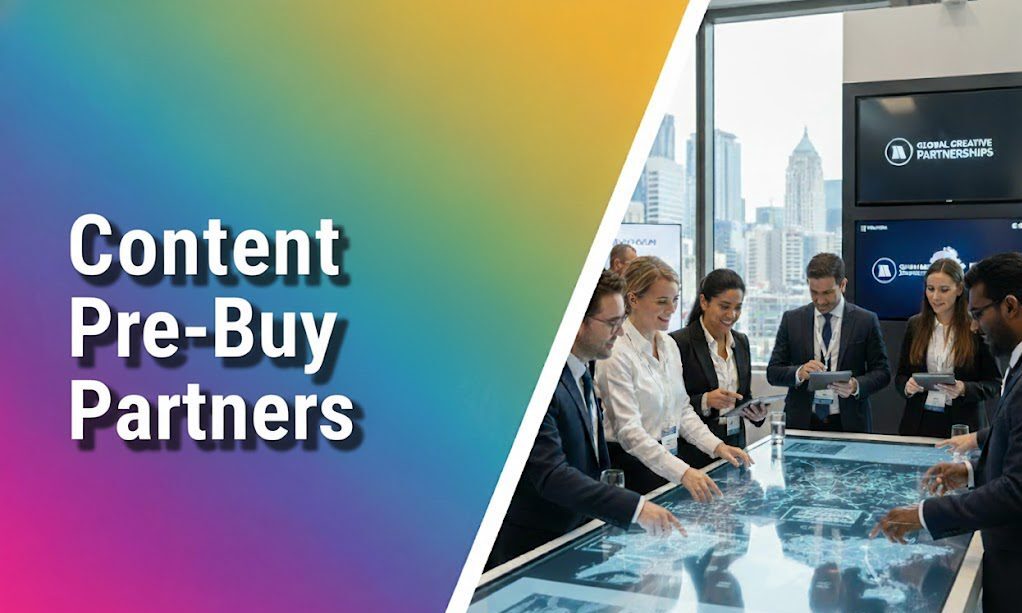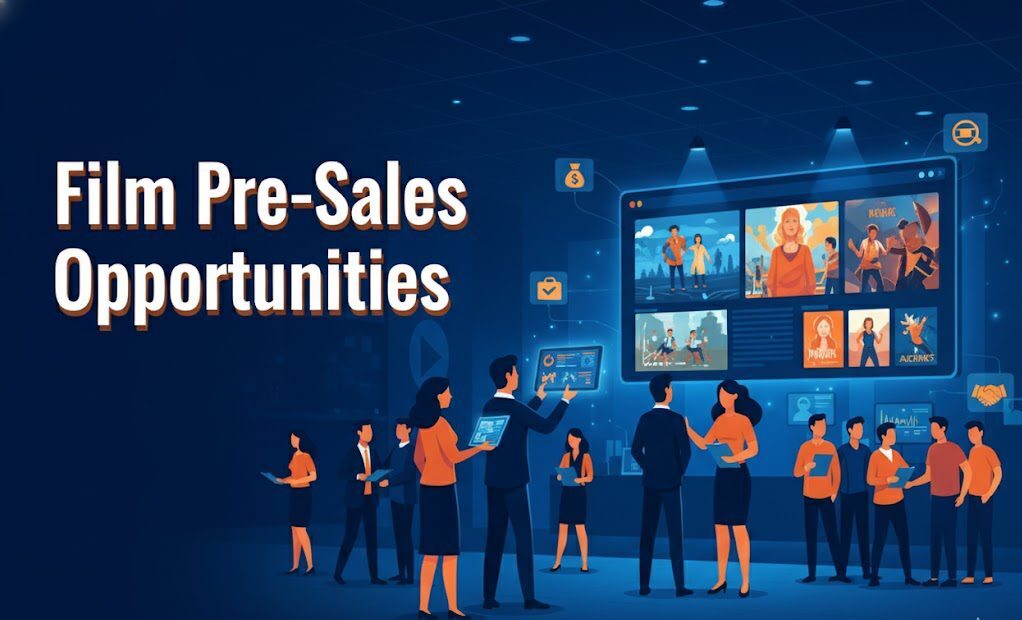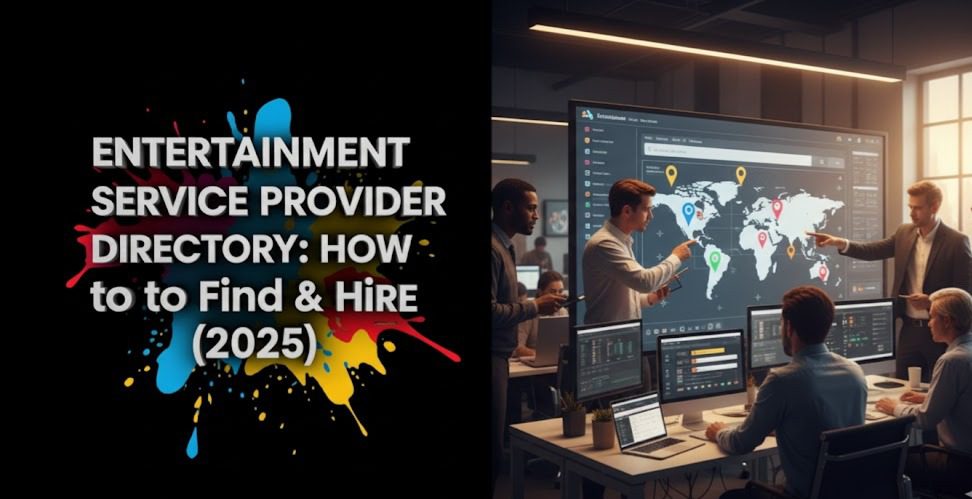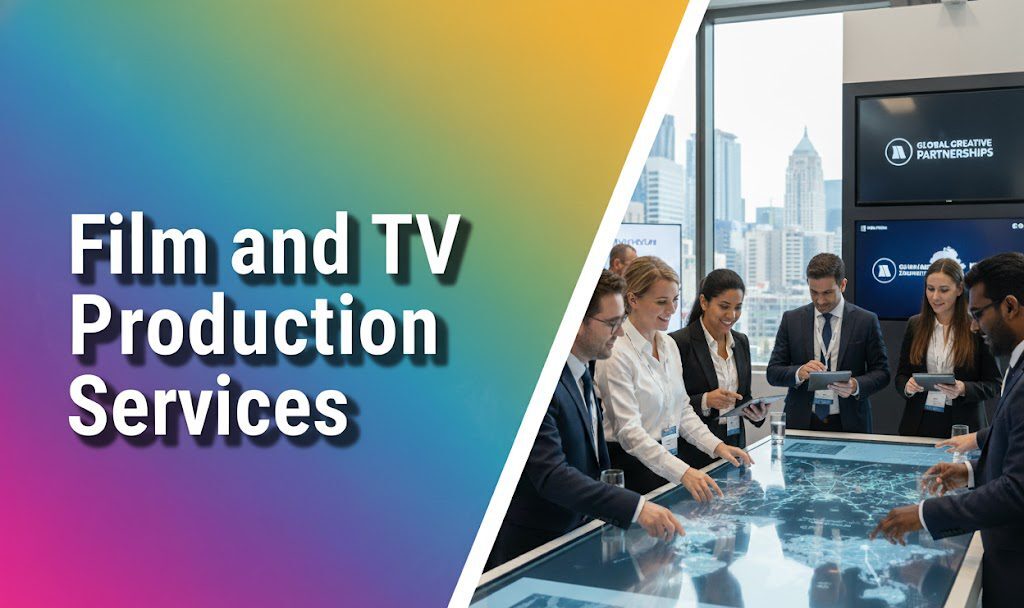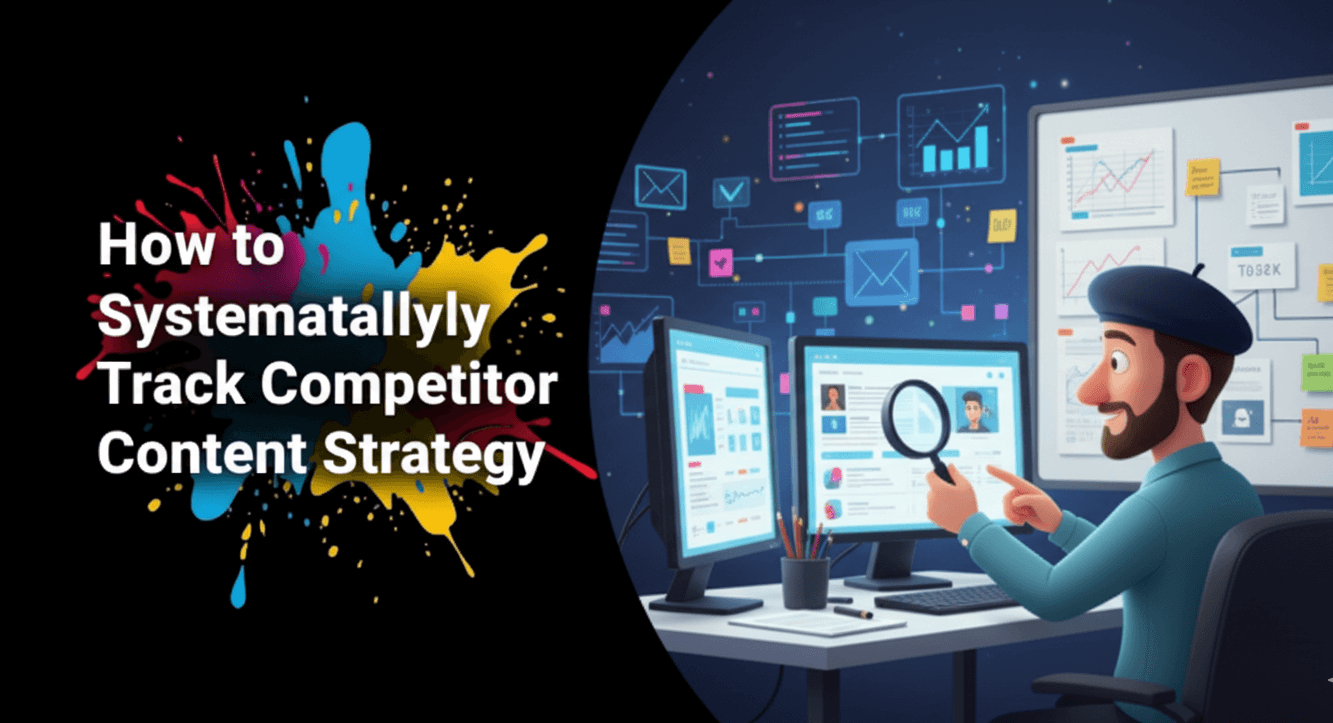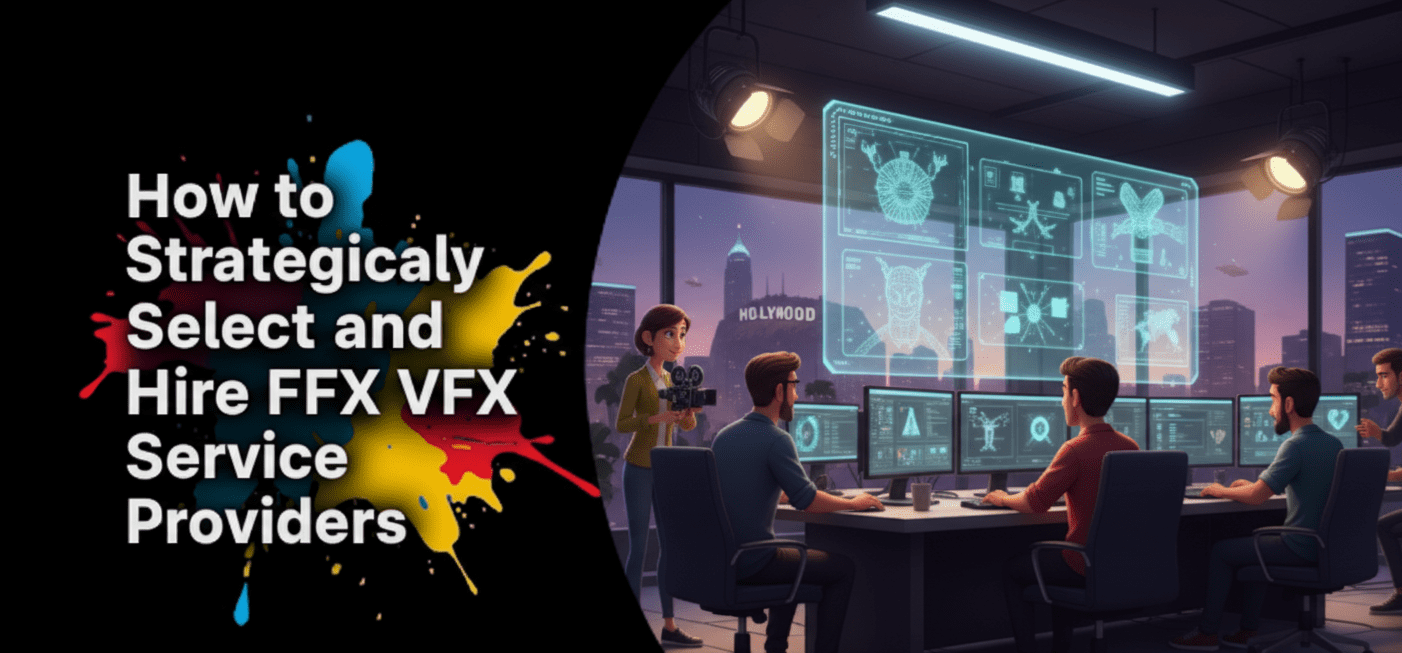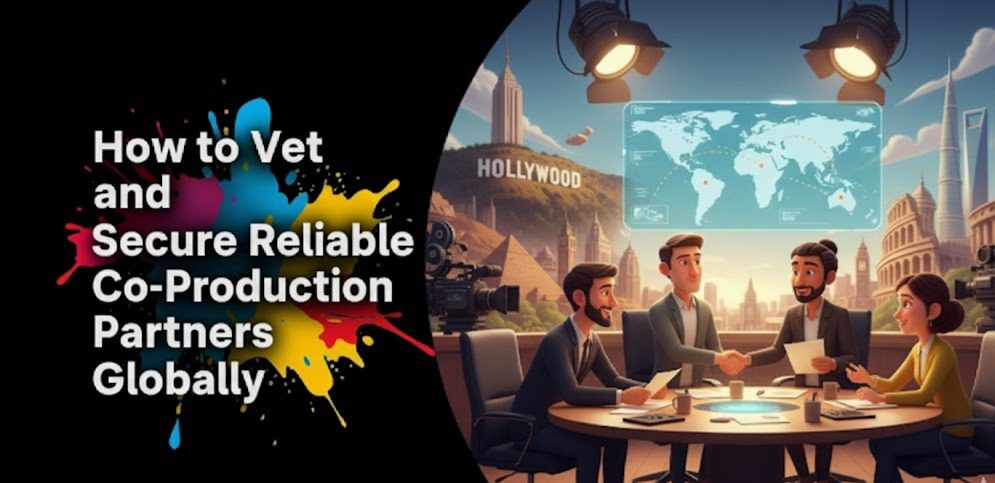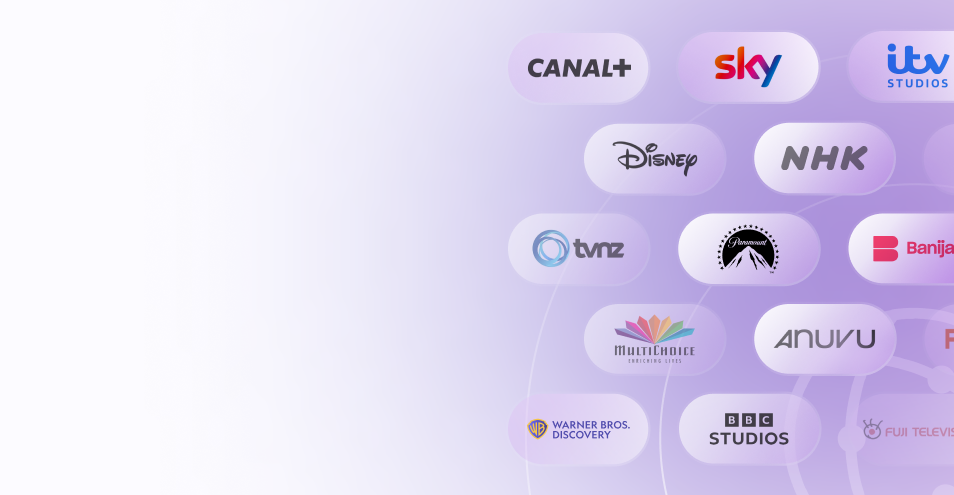Introduction
When it comes to large-scale film and TV productions, having a brilliant script and star-studded cast isn’t enough. What truly keeps the cameras rolling on time and under budget is bulletproof on-set logistics. For streamers, broadcasters, and production vendors, mastering on-set logistics for large productions is critical to delivering quality content efficiently—especially when every minute on set equals dollars spent.
In this guide, we’ll explore the key components of effective on-set logistics, the common pitfalls of managing large productions, and how tech-forward platforms like Vitrina are transforming logistics planning into a competitive advantage. Whether you’re managing multiple units across continents or delivering essential services to set, this article delivers the insights and tools to streamline operations and scale with confidence.
Explore Global Localization Vendors

🎬 What is a Content Acquisition Platform?
While traditionally used to discover films and shows, modern content acquisition platforms now play a vital role in operations—particularly in coordinating services and vendors needed for production logistics. Platforms like Vitrina provide access not just to content pipelines, but to key players, service companies, and logistical support teams across 100 countries.
This makes them essential tools for producers needing to locate and qualify transportation providers, set builders, camera rentals, catering, health and safety services, and more—fast.
📺 Why Content Acquisition Matters in Media
In the era of global productions, logistical needs often cross borders and time zones. Effective acquisition isn’t just about content; it’s about assembling the entire ecosystem to bring that content to life—from tech partners to on-set essentials. Getting the right logistical partners in place impacts:
- Shooting Schedules: Delays in transport or setup can derail entire production days.
- Crew Efficiency: Smooth coordination keeps morale high and workflows steady.
- Cost Control: On-time logistics prevent expensive overtime, reshoots, and overruns.
- Compliance: Health, safety, and regulatory needs vary by region—trusted local partners are a must.
🧰 Key Features of the Best Content Acquisition Platforms
To truly support large-scale productions, top-tier platforms should include:
1. Vendor Discovery by Service Type
Need aerial drone operators in Turkey or on-set medics in South Africa? Platforms like Vitrina let you filter by logistics service, region, past projects, and specialties.
2. Experience and Reputation Filtering
Filter logistics partners by experience in specific types of productions (e.g., reality shows, historical dramas, sports content), so you’re not reinventing the wheel each time.
3. Multi-Vendor Coordination Tools
Top platforms enable users to coordinate several logistics providers simultaneously, compare capabilities, and integrate contact workflows.
4. Global Compliance Insights
For international shoots, having quick access to labor laws, COVID-19 protocols, and location-specific permitting requirements is crucial.
5. API/CRM Integration
For large teams, seamless syncing with your production dashboard or CRM (e.g., HubSpot, Salesforce) turns Vitrina into a logistics control tower.
Coordinate Global Production Effortlessly

🚧 Top Challenges in Content Acquisition
Even experienced producers face several logistical challenges on large sets:
1. Vendor Reliability in Remote Locations
Many production hubs are located in regions where logistics infrastructure is inconsistent, requiring extra due diligence.
2. Cross-Border Coordination
Multi-location shoots involve customs, transportation logistics, and varying crew rules, adding complexity.
3. Crew Safety and Compliance
Post-pandemic, ensuring health, safety, and insurance compliance is more critical (and more complicated) than ever.
4. Last-Minute Changes
Cast illness, weather, or political unrest can shift schedules in seconds—requiring agile logistics planning and vendor backup plans.
🚀 How Vitrina Helps as the Best Content Acquisition Platform
Vitrina isn’t just about finding new content—it’s a powerhouse for discovering and qualifying the right logistics and service vendors that make large productions tick. Here’s how:
- Global Vendor Access: With over 100,000 production and service vendors worldwide, Vitrina helps you find niche logistics partners quickly—whether it’s a crane operator in Brazil or a COVID-compliance officer in Morocco.
- Smart Filters and Tags: Drill down by region, service type, certifications, languages spoken, and prior project types to find perfectly matched vendors.
- Contact Decision-Makers Instantly: Access direct contacts of logistics heads, line producers, and support leads—fully verified and department-mapped.
- Real-Time Discovery and Updates: With daily updates, you stay ahead of what’s trending and who’s available.
- Market Briefings and API Support: For premium users, Vitrina offers briefings on production trends and integration into internal dashboards and apps.
Example: WME-Endeavor and Netflix leverage Vitrina not just for market intel, but to discover new logistics partners supporting their expanding slate of global originals.
✅ Key Takeaways
- On-set logistics are the backbone of large-scale productions—directly impacting cost, quality, and timelines.
- Challenges include vendor vetting, cross-border planning, and managing last-minute pivots.
- The best content acquisition platforms now include tools for discovering, vetting, and contacting logistics vendors.
- Vitrina uniquely supports large productions with detailed vendor profiles, executive contacts, and compliance intel.
For broadcasters, streamers, and vendors, integrating Vitrina means faster, safer, and smarter production workflows.
Frequently Asked Questions
Absolutely. Many clients use Vitrina solely to identify, compare, and contact on-set logistics providers.
Vitrina updates daily, and all service vendors are verified regularly by internal teams.
Yes. Users get access to region-specific regulations relevant to crew safety, permits, and health standards.
Yes. You can shortlist, compare, contact, and track responses from multiple logistics partners.
it’s ideal. With deep coverage in emerging and established markets, it supports complex, cross-border logistics planning.


